|
One of the most life-giving parts of my ministry in Toowoomba was the installation of the Reconciliation Cross in St Luke's Anglican Church. Created by renowned Aboriginal artist Uncle Colin Isaacs, as a gift from Heather Johnston (a descendant of one of the original European settlers), this commemorates the great Aboriginal leader Multuggerah, the Battle of One Tree Hill, and Aboriginal resistance to invasion and dispossession. It was overseen with the guidance and leadership of the late Uncle Darby McCarthy and other local elders, with particularly notable support from Mark Copland (from the Social Justice Unit of the Catholic diocese of Toowoomba). It represents a vital visible step in Australian Reconciliation, affirming a continuing journey for recognition and justice. For, in these days of #BlackLIvesMatter and questions about 'white' history and memorials, it offers a tangible example of what can be done to renew our histories and nurture new symbolism and focal points for a better future together. In my view, as both an historian and a priest, it is undoubtedly appropriate that some, more offensive, statues and other historical artefacts are replaced and/or re-used in new ways. Others might have constructive adaptations or additions made. Both of these courses have indeed been employed, on church owned sites, as part of Church practice in addressing the legacy of, and memorials, to child abusers, and those who have colluded with them. Much much more important however is addressing living injustices and forging new pathways. Reclaiming Australia's 'black history' is a crucial aspect of this and Toowoomba's Reconciliation Cross is a living symbol.. It is therefore a cause of thanksgiving that it is placed in the centre of Toowoomba, in one of its oldest and most significant spiritual buildings, available for anyone to visit, to ponder and to encourage the next urgent steps in the journey of justice and healing...
1 Comment
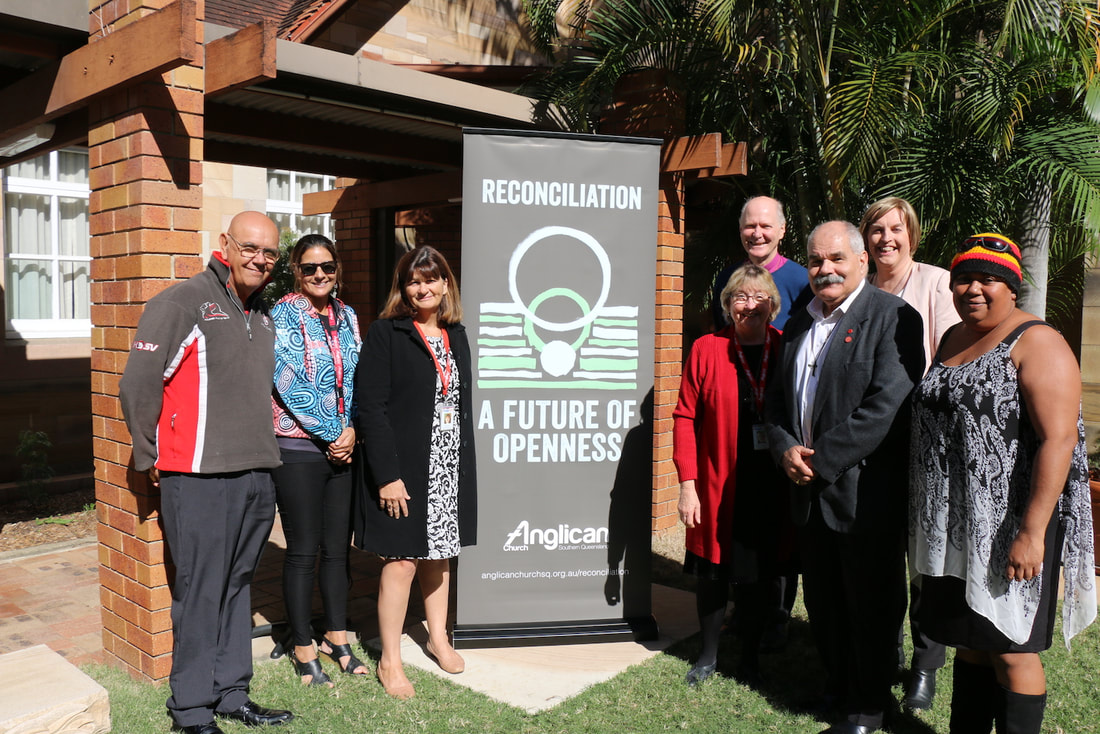 representatives of different parts of the ACSQ family at the keynote recent diocesan RAP gathering in Reconciliation Week 2018 representatives of different parts of the ACSQ family at the keynote recent diocesan RAP gathering in Reconciliation Week 2018 One more step along the road we go. For it is 6 years, almost to the day, since I successfully proposed a diocesan Synod motion for the Anglican Church Southern Queensland to explore a Reconciliation Action Plan (RAP), inspired by the work done by the Toowoomba Catholic diocese. I was reminded of this this afternoon as I took part in filming Reconciliation stories with Anglicare Southern Queensland and other diocesan colleagues as part of a new and developing Anglicare Reconciliation project. It has certainly been a sometimes frustrating, but also, above all, deeply enriching journey for me personally. For - from Cunnamulla to Buderim, through Toowoomba, the Gold Coast, and Brisbane - I have walked, yarned and worked with all kinds of people, from all kinds of different spaces and with all kinds of different stories. So it was lovely to share today in bringing some of this together, in immediate advance of NAIDOC Week, in order to enable fresh steps ahead with many more people. The RAP, is, and always was and will be, an ambitious project - seeking to work together over such a large and diverse area, with all sections of the diocesan family - and there is so much more to do, but today was an example of how rewarding this can be. 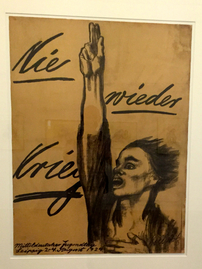 One of my main highlights of visiting Berlin this year was the Kathe Kollwitz museum. An artistic genius, Kollwitz' life and work are inspiring examples of the German soul. She was an outstanding pioneer for women, with a profound social conscience and identity. A committed socialist and pacifist, who shared the life of the poor with her doctor husband in Berlin's struggles, not for nothing was she commissioned to create a powerful memorial to the murdered Karl Liebknecht. Tragically, her compassion for the victims of war and oppression and the strength of poor women, especially mothers, was embodied in her own sufferings over the loss of her son in the first world war. Removed from her leading role in German arts and culture by the Nazis, she was eventually evacuated from Berlin in 1943 as foreign bombs wreaked violence, including, soon, the destruction of her own family apartment with its photographs and mementos of loved ones. A week later her son's home was also destroyed during a bombing raid. Kollwitz tellingly wrote in her journal: "every war already carries within it the war which will answer it. Every war is answered by a new war, until everything, everything is smashed... That is why I am so wholeheartedly for a radical end to this madness, and why my only hope is in a world socialism... Pacifism simply is not a matter of calm looking on; it is work, hard work." She died in 1945, 16 days before the end of the Second World War. Yet her transcendent art and inspiring hope, in and beyond suffering. lives on. 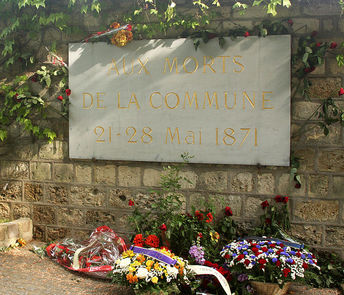 It is a delight to be in Europe in beautiful spring weather. It is not a very happy political 'European spring' though. All over Europe, on the brink of EU elections, uncertainty prevails and doubt is common about the 'European project' of community. For an expatriate European like myself, immersed in many historical memories, it is a troubling sight. Ironically, I am in Paris this week, speaking at UNESCO with Toowoomban friends about our 'Building a Model City of Peace and Harmony' initiative. My own particular theme is Co-operation: something from which so many Europeans seem to wish to stand back. Partly doubts about EU cooperation are understandable. The European dream seems rightly hollow to the millions who are unemployed, and to the poor and ethnic minorities struggling for recognition, for decent housing, work and living conditions. The EU can seem so distant to many, apparently overly bureaucratic and a feeble tool for more immediate concerns. Hence unhealthy right-wing parties have gained ground across the continent and even France, a founding co-pillar of the project, moves in the direction of British cynicism. How soon we forget though! This coming week (21-28 May) is 'La semaine sanglante' - or 'Bloody Week' - in Paris, the anniversary of the final episode of the Paris Commune of 1871 (see photo above: from the memorial in Pere Lachaise cemetery in paris where the last stand of the Communards was made). Recent historical examinations of death and burial records suggest that the actual week's death toll (probably around 7 000) was significantly lower than the more outrageous figures (of 20-30 000) which have long been touted, and which were used (by notable figures such as Lenin) as an example of the true barbarous heart of capitalist 'order'. Yet even such reduced figures are a staggering witness to the deeply bloody past violence of Europe, consequent on deep national, social and economic divides. The Paris Commune was a deeply ambiguous, but, historically, vitally symbolic, event. In one sense it was a magnificent act of faith and a living adventure of hope, created by some of the most wretched of people in the most wretched of circumstances. Karl Marx and others, then and since, have commended it for putting an abstract concept of freedom and justice into reality, however shortlived. Great contemporaries who lived through it, like Victor Hugo and Emile Zola, were also deeply moved by its genuine social idealism as well as shocked by its own internal violence, as well as the greater violence of its repression. What is sometimes forgotten however is that the Paris Commune arose out of the despair, anger and humiliation of the Franco-Prussian War. Indeed, the proclamation of Kaiser Wilhelm as Emperor even took place in the Hall of Mirrors in the Palace of Versailles in January 1871: a staggering affirmation of Prussian power at the heart of former French glory. Crushed by the rising, recently unified, German Empire, the Parisians refused however to accept the surrender made by their national leaders. Instead they proclaimed a new form of society in the Commune. It was thus a product of a century of such conflict and bloodshed all across Europe. Its legacy was also lasting. Among those caught up in the politics of the Commune was George Clemenceau, later so important in insisting on crippling reparations on Germany in 1918. One can but imagine the thoughts and feelings which flowed through him as he concluded the Treaty of Versailles, remembering the scenes and indignities of his youth. The outrages of the Commune's rise and fall, as an apotheosis of European divisions and violence, thus flowed right through to the second world war. The European Community project was an attempt to end it for ever. It still is. How soon we forget. The EU is hardly perfect but it requires development not destruction. Its doubters, sometimes for self-interest, are looking in the wrong direction. Recent studies continue to state the reality that social and economic division is a much more genuine and difficult challenge than any migration of peoples or cultures which they bear. In Britain, 1% of the population own as much as the poorest 55% and their wealth is increasing by 15% a year whilst others struggle. Such statistics are reflected elsewhere. Hardly any European today would wish to replicate the politics of the Paris Commune, yet perhaps its uncomfortable ideals have something to say to us, lest Europe descend further into uncooperative and unnecessary division and violence. Australia, still buoyed by comparative economic advantage, might take note too. 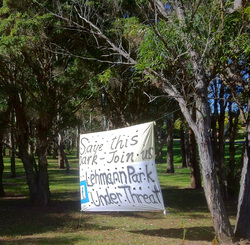 Despite the beauty of the 'Garden City', Toowoomba is not best known as a hotbed of ecological protest. So the level of recent popular agitation concerning Garnet Lehman park is quite unusual. As a nearby resident who often runs, cycles or walks a dog through the park, it is very heartening that others have a similar response to me. The destruction of so many native trees and other proposed changes to the park are motivated by well-meaning but misconceived Council thinking. The idea is to provide a water detention basin to help mitigate flood dangers. As someone who was all but swamped in my car at the very edge of Garnet Lehmann park in the fateful afternoon of 10 January 2011, I have some sympathy. No one would like to see a repeat with the loss of life and upheaval to homes and families. Yet the proposals would only make a small contribution (allegedly protecting perhaps only 4 buildings at a cost of $4.59 million) and even the authorities themselves admit there are alternatives which can be considered. Why then rip up a deeply-loved park with a highly distinctive character? For, unlike the highly managed, and even manicured, parks elsewhere in Toowoomba, Garnet Lehmann was deliberately planted with native trees with a much wilder aspect than elsewhere. Such trees have been shaped by the climate, and dare I say it, the very spirit of the land, in a way not found elsewhere. Council plans for replacement trees, behind a huge wall and other fortifications, thus do little to delight the soul. Nearby 'Lake' Annand park may have its value for instance, but it is so conventionally tame and 'European'. Rarely in Toowomba City iitself is there an accessible piece of our environment which speaks from a deeper place and soul connections. This controversy is connected to a wider issue in the Toowoomba region about development processes. For not all voices are equal and often especially not that of the land itself. 'Whom shall I send? Who will go for us?' The divine cry in Isaiah (6:8) is not just for humans. As my friend and Toowoomba Catholic social justice colleague Mark Copland says, when he reflects on the CSG, mining and development struggles in Queensland today: yes, we hear much noise, vested interests and some wisdom from various sides, but who who will speak for the land itself? Perhaps we do well to learn something from the work of the 'engaged Buddhist' eco-philosopher and activist Joanna Macy and the Australian 'deep ecology' and rainforest campaigner John Seed, not least exercises such the Council of All Beings, which was first created in Australia in 1985. Thank God too for groups such as The Australian Network of Environmental Defenders. Sadly, these are all too often sidelined by unreflective and powerful development interests or drowned in an avalanche of unthinking industry propaganda and short-term government policy. Appropriate development will, and should, happen, but with grace and proportion and soul/mindfulness. Thank God therefore for the usually fairly complacent and conservative residents of Toowoomba. Who will speak for the trees? We will... For more information, check out: Council plans and viewpoints and the Lehmann Park Under Threat facebook page. |
AuthorJo Inkpin is an Anglican priest serving as Minister of Pitt St Uniting Church in Sydney, a trans woman, theologian & justice activist. These are some of my reflections on life, spirit, and the search for peace, justice & sustainable creation. Archives
July 2024
Categories
All
|
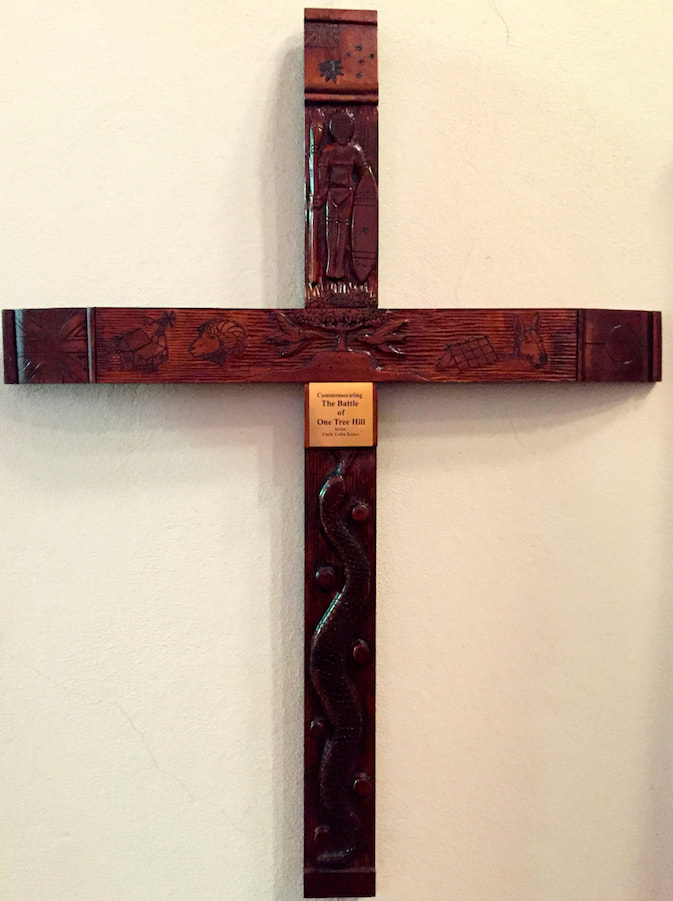
 RSS Feed
RSS Feed